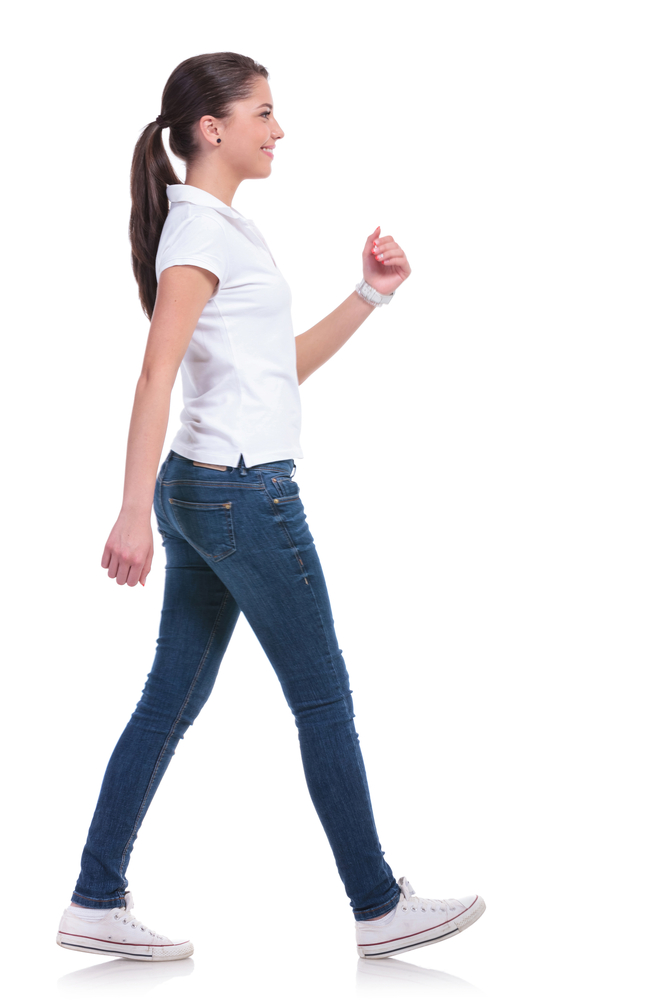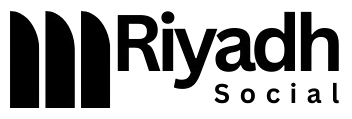Generate single title from this title Why is the leg muscle called “the second heart of the body”? in 70 -100 characters. And it must return only title i dont want any extra information or introductory text with title e.g: ” Here is a single title:”

Write an article about
Do you know, dear, that you have a second heart?
When the heart is mentioned, the first thing that comes to mind is the beating muscular organ that exists in the human chest, which does not stop working for one moment from our birth until the last moment in our lives. But have you ever thought that there is another organ in your body, working in a heart -like manner, and has a vital role in pumping blood?
Yes, it is the leg muscle, specifically the muscles of the rib (the leg of the leg duck), which scientists sometimes call the “second heart” of the human body.
Scientific interpretation: Why is the leg muscle called the second heart?
To understand this description, we must first go deep into how blood turns into the body; Dr. Hisham Tayel, an interventional cardiologist at the Dubai Modern International Hospital, explains to us.
The heart pumps the oxidized blood (oxygen) to all parts of the body through the arteries. After the body uses oxygen, the non -oxidized blood returns loaded with carbon dioxide across the veins to the heart, to be pumped again to the lungs in order to restore oxygen to it.
Here the problem appears: the blood in the lower extremities, such as the feet and legs, must ascend the opposite of gravity to reach the heart. How is that?
The answer is: with the help of leg muscles; When these muscles contract while moving (such as walking, running, or even standing and simple movement), they press the veins between them, which pushes the blood to the top towards the heart. Issid valves in these veins prevent blood from returning down. This is completely similar to the work of the heart in pushing blood across the body, and for this reason, the leg muscle is specifically called “the second heart”.
What do we understand from that too? Any weakness in the leg muscles, may have significant implications for the blood circulation in the body and its pleasure; This is what Dr. Tayel answers in the following.
How does the weakness of the leg muscles affect blood circulation?
If the leg muscles are weak, or if a person spends long periods sitting or standing without movement; The blood collects in the lower extremities due to weak venous pumping to the heart. This assembly may lead to several problems:
1. Varicose veins
It is one of the most prominent results of the weak leg muscles. Varicose veins are enlarged and twisted veins, which occur as a result of high pressure inside the veins due to the accumulation of blood.
2. Swelling of the legs and ankles
It occurs due to fluid gathering in the tissues, as a natural result of the weakness of the blood of the heart.
3. Tiredness and a feeling of weight in the feet
Stolen blood means a lack of oxygen and the accumulation of waste in tissues, which leads to a feeling of heaviness and fatigue even after a simple effort.
4. The blood clots
In some serious cases, blood stagnation may create blood clots; It is a threat to life if this stroke moves to the lungs (pulmonary obstruction).
5. Weak general physical performance
Weak blood return to the heart reduces the efficiency of blood circulation, and also affects the body’s ability to perform physical exertion efficiently.
From this standpoint, we should always move the leg muscle and strengthen it, to remain able to carry out its vital tasks.
How can you strengthen and revitalize “your second heart”?
Fortunately, the leg muscles respond excellently to simple and regular exercises. Here are some effective ways to stimulate and strengthen the second heart, as Dr. Tayel reported us:
1. Daily walking
It is one of the easiest and most important means to stimulate the muscles of the leg. Walking is preferred for at least 30 minutes a day; Walking stimulates leg muscles in a natural and regular way.
2. Heels lifting exercises (CALF RAISES)
Stand up straight and lift your cakes from the ground to stand on your toes, then slowly download. Repeat the exercise 3 times a day at a rate of 15 to 20 repetitions; This exercise strengthens the muscles of the rib and stimulates blood circulation.
3. Sitting and movement
If you are working in a job that requires sitting for long periods, try standing and moving for a few minutes every half an hour. You can also make circular motions of the feet or bend the knee and extend it while sitting.
4. Extension exercises
Some exercise conditions, such as “the position of a dog -heading dog”, help stimulate blood circulation and stimulate the leg muscles.

5. Lift the feet
Raising the feet to a higher level of heart level for a few minutes a day helps to drain stagnant blood in the legs, and reduces swelling.
6. Wearing pressure socks
In some cases, it is recommended to wear pressure socks to improve the return of venous blood, especially for those who suffer from varicose veins or stand for long periods.
7. Drink water in sufficient quantities
Drought affects the blood density and makes it more viscous, which impedes its flow. So drinking sufficient amounts of water contributes to improving blood circulation.
What are the most vulnerable categories of “second heart” weak problems?
Not everyone is at the same degree to the problems of the muscle weakness, Dr. Tayel emphasizes. The following categories are more needed to take care of this “second heart”:
• the elderly
• Employees sitting for long hours
• Those working in professions that require long periods of time (such as teachers)
• Pregnant women
• People with diabetes or vascular diseases
• People who do not exercise regularly.
What is the role of technology in supporting the second heart?
In recent years, modern techniques have emerged that help support the second heart function, including:
• Electronic pressures used to stimulate blood circulation in hospitals.
• Medical shoes that support the feet and reduce the pressure on the muscles.
• Portable fitness devices that stimulate the leg muscles with electrical impulses.
How was the concept of the second heart in ancient cultures?
It is noteworthy that some ancient cultures were aware of the importance of the legs in the blood circulation in an innate way, even if they did not know the exact scientific terms. In traditional Chinese medicine, for example, massage of the feet and legs is one of the basic treatments to stimulate the whole body.

The bottom line; In every step you cross, in every pause in which your leg muscles move, there is a silent organ that works hard for the blood to reach your heart again. This “second heart”, which is the leg muscle, is no less important than the real heart in preserving a healthy life, especially with regard to the blood circulation and the health of the veins.
Neglecting this heart may lead to serious health problems that begin with swelling and varicose veins, and does not end at the possibility of blood clotting. On the other hand, caring for and activating it does not require much: a few daily steps, simple exercises, and a little regular movement.
At a time when there are many diseases associated with a lack of movement, your awareness becomes a second heart and healthy heart, and this simple knowledge may be the beginning of a healthier and more active life.
.Organize the content with appropriate headings and subheadings (h1, h2, h3, h4, h5, h6). Include conclusion section and FAQs section at the end. do not include the title. it must return only article i dont want any extra information or introductory text with article e.g: ” Here is rewritten article:” or “Here is the rewritten content:”

